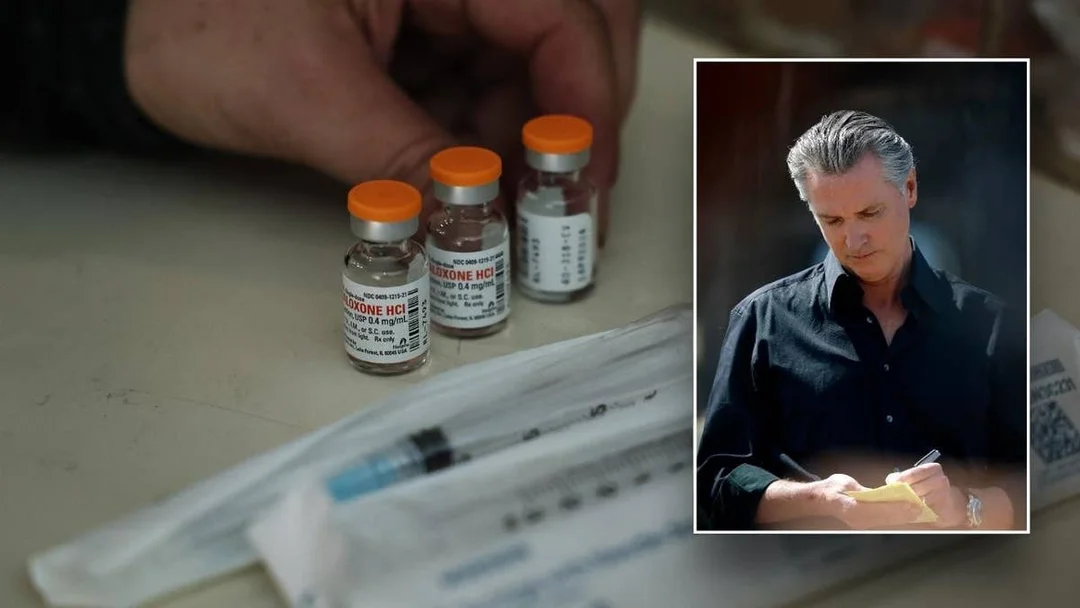
Is California Paving the Way to Combat the Opioid Crisis with Affordable Naloxone?
California has taken a groundbreaking step in the fight against the opioid crisis with the launch of CalRX, a state program that allows residents to purchase naloxone—a medication that rapidly reverses opioid overdoses—for just $24. This initiative not only aims to make life-saving medication more accessible but also promises to disrupt traditional pharmaceutical pricing models.
As noted in a recent announcement from Governor Gavin Newsom, California positions itself as the first state to offer such an affordable direct-to-consumer option online. "Life-saving medications shouldn’t come with a life-altering price tag. CalRx is about making essential drugs like naloxone affordable and accessible for all—not the privileged few," Newsom stated. This action comes amid a backdrop of rising opioid overdose rates, highlighting the urgency of this initiative.
The introduction of CalRX represents a pivotal moment in the pharmaceutical landscape, where California is utilizing its financial clout as the world’s fifth-largest economy to challenge exorbitant drug prices. According to the governor's office, previously available only to businesses and government entities, naloxone can now be ordered online for home delivery throughout the state, increasing its accessibility significantly.
Naloxone, scientifically known as Narcan, can block the effects of opioids and is essential for buying time during an overdose incident. As outlined in a recent press release, the CalRX initiative not only aims to lower prices but also to change how essential medications are purchased and marketed. By establishing a fixed price that is about half of the typical market rate, the initiative exemplifies how state-led actions can potentially reshape healthcare costs.
The need for affordable naloxone has become increasingly critical. Voices from various sectors, including public health advocates and harm reduction professionals, have echoed the sentiment that a reduction in price could lead to a significant decrease in mortality rates associated with opioid overdoses. A public health student noted the importance of immediate access to naloxone during an emergency, emphasizing that every second counts in overdose situations.
Moreover, California's revamped approach extends beyond individual access; it aims to further integrate naloxone distribution into community resources. Programs like the Naloxone Distribution Project may provide free naloxone supplies to eligible organizations, highlighting the state's commitment to curbing the opioid crisis on multiple fronts.
Preliminary findings suggest that this initiative is already having positive effects. Reports indicate a decrease in synthetic opioid-related overdose deaths, reversing a trend that had worsened over the past several years. However, experts caution that the opioid crisis is multifaceted, and while accessibility to naloxone is essential, it should be part of a broader strategy encompassing treatment and prevention.
California's efforts to democratize access to naloxone are seen as a crucial element of Governor Newsom’s Master Plan for Tackling the Fentanyl and Opioid Crisis. As the state expands access and works towards addressing the wider context of the opioid epidemic, the question remains: can this innovative approach influence other states and lead to systemic change in opioid healthcare policies across the nation?
We encourage readers to share their thoughts on this transformative initiative in the comments below. Will more affordable access to naloxone help save lives in your community?